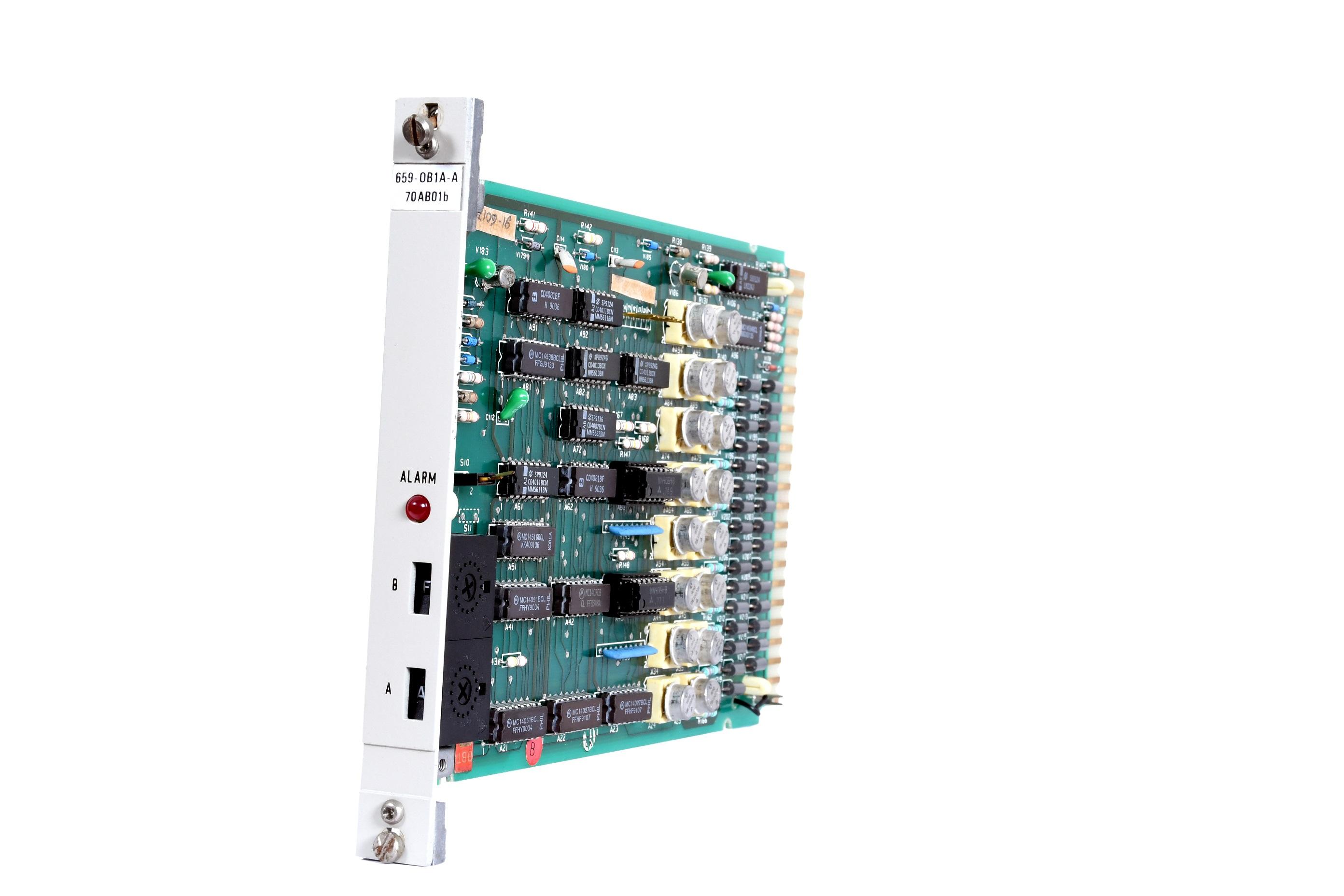Reviving Industrial Efficiency: A Complete Guide to ESP Controller Repair and Maintenance

In today’s industrial landscape, where environmental regulations are stricter than ever, Electrostatic Precipitators (ESPs) have become indispensable. These systems play a crucial role in controlling air pollution by removing harmful particles from industrial exhaust. At the heart of every ESP lies its brain — the ESP controller.
However, like all industrial components, ESP controllers are susceptible to wear and malfunction over time. Without timely ESP controller repair, you risk increased emissions, reduced operational efficiency, and non-compliance with environmental laws. This blog explores everything you need to know about ESP controller repair — from its importance to common issues, repair techniques, and how a professional approach ensures long-lasting results.
What is an ESP Controller?
An ESP (Electrostatic Precipitator) controller is an intelligent device that manages the voltage and current fed to the precipitator. It ensures that the electrostatic field remains stable for effective particle collection. These controllers adapt to fluctuations in load, resistive ash, and temperature to maintain optimal performance.
Modern ESP controllers include features like:
-
Automatic voltage control
-
Spark detection and suppression
-
Real-time monitoring
-
Fault logging and diagnostics
Given their complexity and importance, any issue with the ESP controller can have a direct impact on emission levels and plant productivity.
Why Timely ESP Controller Repair Matters
Timely ESP controller repair is not just a maintenance task; it's a strategic move for operational excellence. Here’s why:
1. Ensures Regulatory Compliance
Industries are bound by strict pollution control norms. A faulty controller may cause the ESP to operate at sub-optimal voltage levels, leading to higher emissions and hefty fines.
2. Reduces Downtime
A malfunctioning ESP controller can trigger system shutdowns or reduced capacity. Repairing it promptly prevents unplanned downtime and keeps production schedules on track.
3. Improves Energy Efficiency
A damaged controller may consume more power to maintain voltage output, increasing operational costs. Repair restores efficiency, helping save energy.
4. Protects Other Components
If not repaired in time, a faulty controller can damage transformers, insulators, and other expensive parts of the ESP. Repairing the controller protects your investment in the entire system.
Common ESP Controller Issues
Understanding the typical faults that affect ESP controllers helps in early diagnosis and repair. Some common issues include:
1. Power Supply Failures
Inconsistent voltage or blown capacitors can interrupt the controller’s power supply.
2. Burnt Circuit Boards
Overloads or voltage spikes often damage the PCB, requiring component-level repair or replacement.
3. Sensor Malfunctions
Faulty temperature, spark, or voltage sensors can feed incorrect data to the controller, affecting ESP performance.
4. Software Glitches
With advanced controllers using microprocessors, software bugs or outdated firmware can cause system instability.
5. Communication Failures
Loss of communication between the controller and remote monitoring systems is another issue, especially in IoT-enabled setups.
Signs You Need ESP Controller Repair
Not all controller problems result in complete failure. Some subtle signs can indicate the need for inspection or repair:
-
Unusual humming or buzzing sounds
-
Fluctuating voltage levels
-
Frequent tripping or arcing in ESP
-
High emission readings despite regular operation
-
Error codes or alerts on the control panel
If you notice any of these issues, it’s time to consider ESP controller repair before the situation worsens.
ESP Controller Repair: Step-by-Step Process
A professional repair service follows a systematic approach to restore your ESP controller to working condition:
1. Initial Inspection
The controller is visually inspected for burned components, loose connections, and damaged wiring.
2. Diagnostic Testing
Technicians perform voltage, resistance, and continuity tests. Software diagnostics may be used for microprocessor-based units.
3. Fault Isolation
Specific failed components like capacitors, diodes, ICs, or relays are identified.
4. Component Replacement
Only genuine, OEM-grade parts are used to ensure longevity and compatibility.
5. Firmware Updates
If applicable, the firmware is updated to the latest version to prevent future bugs or failures.
6. Load Testing
After repair, the ESP controller is tested under simulated load conditions to ensure proper function.
7. Documentation & Reporting
A full report is provided detailing the faults found, components replaced, and tests performed.
Why Choose Professional ESP Controller Repair Services?
While it might be tempting to rely on in-house maintenance teams, ESP controller repair is a specialized task. Here's why you should opt for professional help:
✅ Expertise in Multiple Brands
Professional technicians are trained across various makes and models of ESP controllers, including Siemens, Redkoh, Alstom, and more.
✅ In-Depth Diagnosis
They use advanced diagnostic tools to identify underlying problems, not just surface-level issues.
✅ Quality Assurance
Repaired controllers are tested under various stress conditions to ensure reliable performance post-installation.
✅ Cost-Effective
Rather than replacing the entire controller, targeted repair services save up to 70% of costs.
✅ Quick Turnaround
Minimized downtime with fast service and ready-to-install repaired controllers.
Understanding the Role of ESP Controller Repair
By this point, it's clear how central ESP controller repair is to industrial efficiency and environmental responsibility. Whether you're running a cement plant, thermal power station, or steel manufacturing unit, ensuring the controller is in optimal health is critical. Don't let small faults escalate into major system failures — timely, expert repair keeps your ESP performing at its peak.
Preventive Maintenance Tips for ESP Controllers
While repairs are essential, prevention is better than cure. Here’s how you can minimize the frequency of repairs:
🔧 Schedule Regular Inspections
Monthly or quarterly inspections catch early signs of component wear.
🔧 Clean Dust & Debris
Ensure the controller's enclosure is dust-free. Use industrial-grade vacuum cleaners or air compressors.
🔧 Monitor Real-Time Data
Set alerts for voltage drops, spark rate, and temperature anomalies to catch issues early.
🔧 Keep Software Updated
Always install firmware patches provided by the manufacturer to eliminate bugs and enhance performance.
🔧 Maintain Temperature & Ventilation
Ensure proper cooling and ventilation inside the controller cabinet to avoid overheating.
GPE India – Your Trusted Partner for ESP Controller Repair
At GPE India, we specialize in ESP controller repair and refurbishment with unmatched expertise. Our facility is equipped with state-of-the-art tools and experienced engineers who handle even the most complex repairs efficiently.
Why industries trust GPE India:
-
In-house diagnostic lab and testing facilities
-
Repair support for both legacy and modern controllers
-
Fast delivery and onsite installation support
-
Affordable pricing with zero compromise on quality
-
PAN India service and global shipping available
Whether your controller is outdated or showing signs of failure, we offer reliable solutions that bring it back to life — saving you time, money, and regulatory headaches.
Final Thoughts
In the fast-paced industrial environment, neglecting ESP controller repair is not an option. It directly affects emissions, operational safety, and compliance. Recognizing the signs of controller malfunction early, and opting for professional repair services like those offered by GPE India, can significantly enhance system performance and longevity.
Stay ahead of failures. Stay compliant. Stay efficient.





